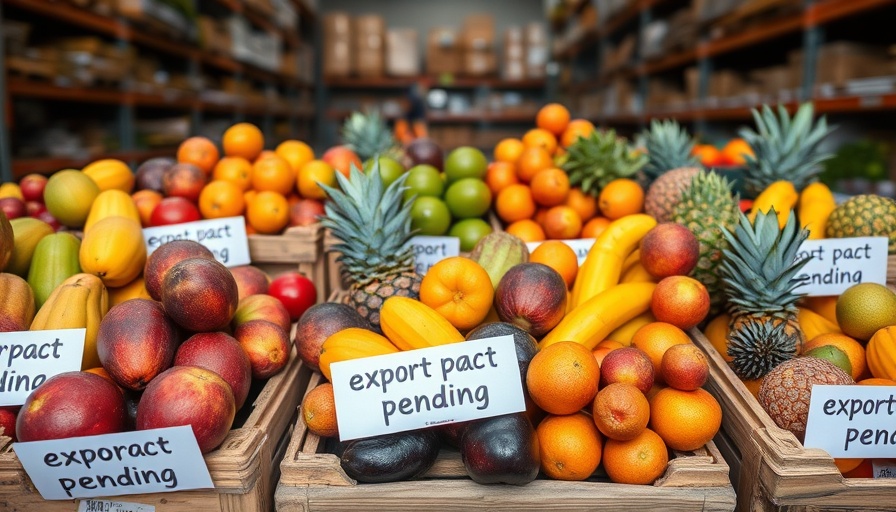
Electric Drive Mining Trucks: A Surge in Demand
The electric drive mining truck market is experiencing an unprecedented surge, with projections indicating a robust growth rate of 5.5% CAGR poised to elevate the market value from $487.50 million in 2021 to an impressive $815.4 million by 2031. This transformation reflects not only a shift in technological prowess within the mining sector but also a renewed commitment to sustainability through innovative engineering solutions.
The Intersection of Technology and Efficiency
Designed for robustness, electric drive mining trucks integrate advanced hybrid technology combining internal combustion engines with electric propulsion. This configuration allows for enhanced efficiency, especially during intensive mining operations that require robust vehicles to ascend steep terrains laden with heavy cargo. The dual-system approach also significantly reduces carbon emissions, adhering to increasing global environmental standards, which is a pressing concern in an era dominated by the call for reduction of industrial footprints.
Future Predictions: A Sustainable Path Forward
As the mining industry faces growing scrutiny regarding its environmental impact, the adoption of electric drive trucks signals a proactive movement toward sustainable practices. With technological advancements, manufacturers are further optimizing electric drive systems to maximize utility while minimizing emissions, which could fundamentally change the operational landscape of mining companies around the world. Analysts predict that as more businesses look to comply with stringent environmental regulations, the adoption of electric drive technology will accelerate.
Challenges and Considerations in Adoption
Despite these anticipated advantages, the transition to electric drive mining trucks does not come without challenges. The initial investment in hybrid technology can be substantial for many companies already operating on thin margins. Furthermore, the intricate infrastructure required to support electric systems—the charging stations, maintenance protocols, and trained operational staff—poses significant logistical hurdles for mining enterprises, especially in remote locations.
Social Implications and Industry Highlights
The emergence of electric drive mining trucks also holds profound social implications. By adopting greener technologies, mining companies signal their commitment to corporate responsibility, potentially improving community relations in areas heavily affected by mining activities. The intention is to create jobs tied not only to the operation of these advanced machines but also in the sphere of sustainable practices and infrastructure development.
A Broader Economic Impact in Mining and Beyond
As demand for these innovative trucks grows, so too does the ancillary market around them—spanning electric component manufacturers, charging infrastructure developers, and even research institutions focused on further advancements in electric mobility. This interplay highlights an exciting opportunity for economic diversification within regions dependent on mining, transforming local economies and attracting investment.
Expert Opinions: Perspectives from the Field
Industry experts note that transitioning to electric drive mining trucks is not merely about adopting technology; it involves a fundamental reevaluation of mining operations' environmental and social responsibilities. The anticipation surrounding this market is largely driven by an environmental imperative; the willingness of companies to embrace greener technologies reflects a wider acknowledgment that the industry must adapt or face increasing regulatory pressures and social arrest.
Conclusion: Embracing the Future of Mining
The electric drive mining truck market is not just an opportunity for manufacturers and mining operators but is indicative of a larger movement towards sustainability in industrial practices. As we stand on the brink of this transition, the mining industry has a chance to redefine its future in alignment with global sustainability goals. By investing in electric drive technology, the industry is not only ensuring its long-term viability but also taking significant strides towards a more sustainable and responsible operational paradigm.
 Add Row
Add Row  Add
Add 




Write A Comment